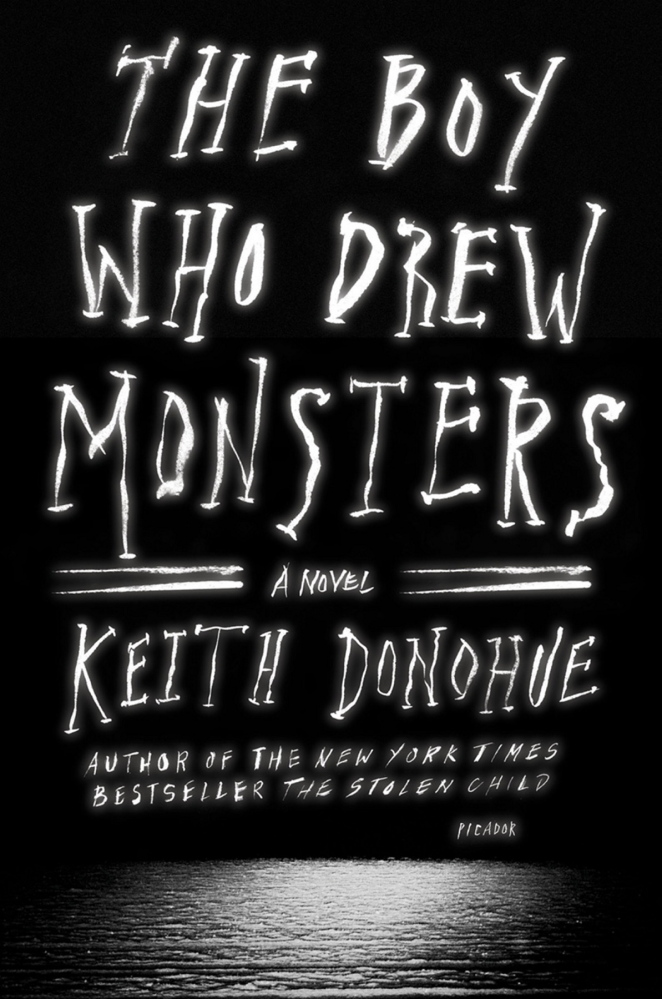“The Boy Who Drew Monsters” starts with dreams: a home in Maine by the sea; an only, precious child; stories spun in sleep. Quickly, dreams become nightmares as reality slowly warps, and dark, childish imaginings infiltrate even the adult world.
Jack Peter is the boy in the title. He’s a bright 10-year-old on the autism spectrum, prone to obsession. He wants only to read comic books, then he focuses only on playing war with plastic figurines. As the story begins, Jack has begun to spend all of his hours drawing imaginary creatures. He refuses to leave the house, venturing out only a few times a year for doctors appointments. His only friend is Nick Weller, a kind and quiet boy who indulges Jack’s quirks.
Jack’s parents, Tim and Holly Keenan, become increasingly worried about their son. Anxieties rise for each of them as they struggle to understand Jack and make decisions about what is best for him. “Not a phase Tim. Not another damned chapter, but the whole rest of the story,” Holly said, trying to express her frustrations to her more optimistic husband.
Secrets punctuate each relationship in “The Boy Who Drew Monsters.” Tim holds a secret with Nick’s mother, Holly begins to turn secretly to the Catholic church, Jack holds secret powers, and Nick carries a dark secret from when the boys were young, before Jack refused to leave the house.
The two boys nearly drowned together three years before and the Atlantic Ocean plays a recurring role in the story. The author, Keith Donohue, draws the ocean as a dark and powerful force – cold and unforgiving in the desolate winter months. Donohue will make his own, off-season trip to the Maine coast for a reading at Longfellow on Oct. 30. He is the author of three other novels: “Angels of Destruction,” “Centuries of June,” and “The Stolen Child.” “The Stolen Child” was his first novel and a national bestseller.
With “The Boy Who Drew Monsters,” Donohue’s story illuminates the fears that we create with active imaginations out of shadows and tragedy.
He has created the slow, clicking, stomach-tightening anticipation of a roller coaster on the rise. He draws readers in with creative prose that outlines images that are both innocent and creepy. Holly watched her son as “the birdcage of his chest rose and fell.” The first monster sighted is described as it “skittered up the rocks like a kite that’s snapped its string.”
Like the best of horror, Donohue has the reader questioning what is real. The line between fantasy and reality is a thin one and the characters leap back and forth across it, fueled by ghost stories, windy winter nights and stress.
In an early scene, Jack Peter’s psychologist talks to Tim. “Keep an eye on what he’s drawing, would you?” he said. “Bring some in next time. There’s usually a story there.” The story that arises from Jack’s drawings will have fully grown readers checking behind closet doors and peering into the darkness beyond bed skirts.
Heidi Sistare is a writer who lives in Portland. She attended the Salt Institute for Documentary Studies and has published work in The Rumpus, Martha’s Vineyard Magazine and Edible Vineyard. Contact her at:
heidi.sistare@gmail.com
Twitter: @heidisistare
Send questions/comments to the editors.



Comments are no longer available on this story